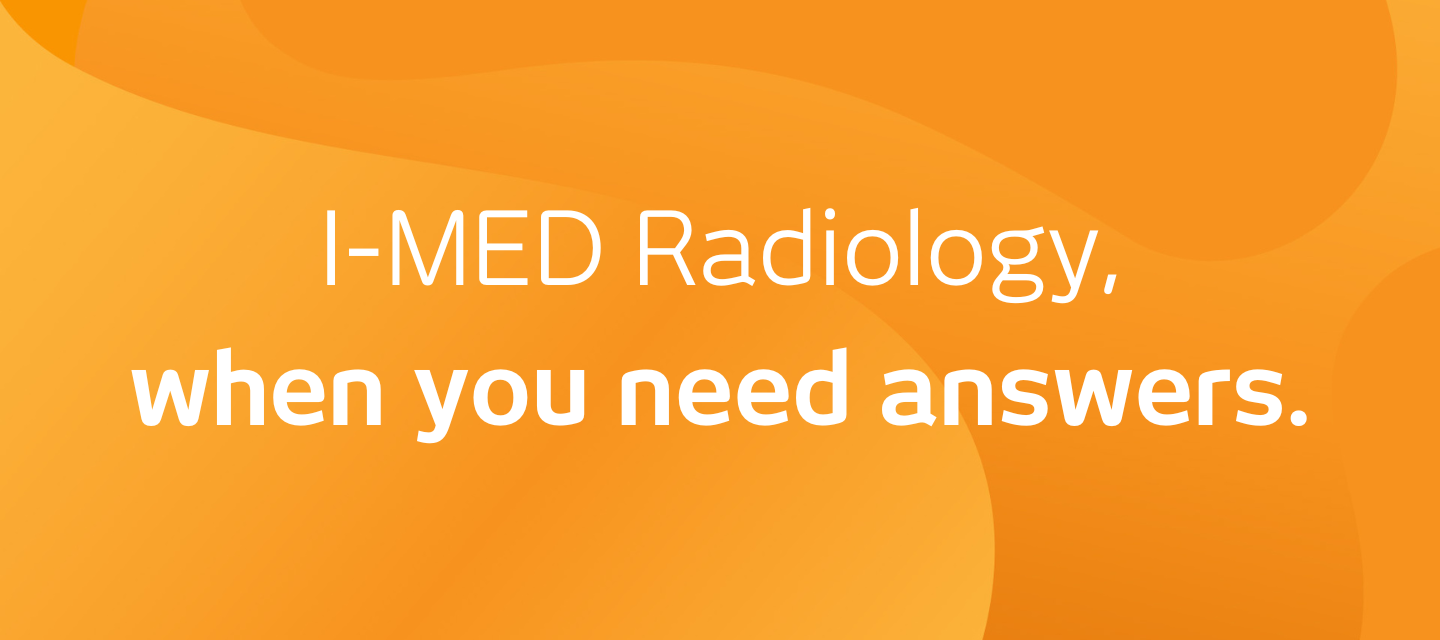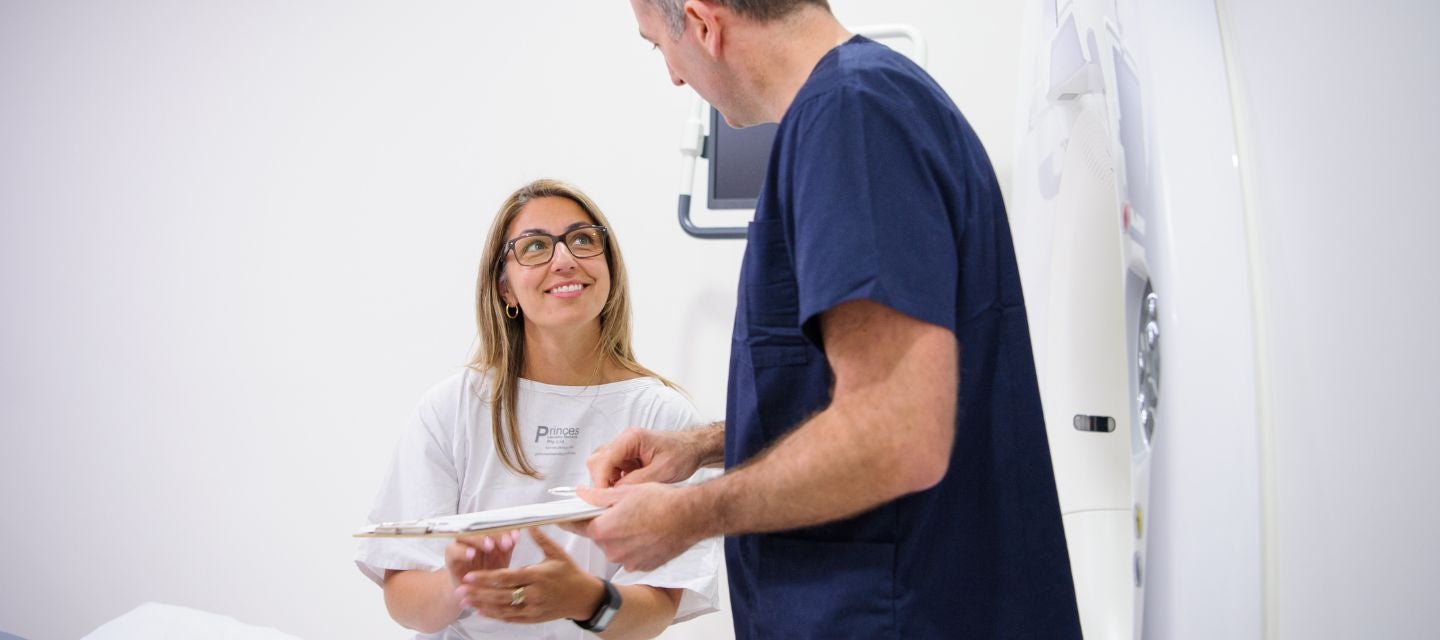
Shoulder hydrodilatation
Shoulder hydrodilatation
What is shoulder hydrodilatation?
Shoulder hydrodilatation is both a diagnostic and therapeutic procedure. The aim of the procedure is to decrease pain and improve mobility in the “frozen shoulder” (adhesive capsulitis). Shoulder hydrodilatation is an injection into the shoulder using cortisone or saline to suppress inflammation and improve mobility of the shoulder joint.
Why would my doctor refer me for shoulder hydrodilatation?
keyboard_arrow_down
Your doctor will refer you for a shoulder hydrodilatation if you are demonstrating signs of adhesive capsulitis or “frozen shoulder”.
Adhesive capsulitis, or ”frozen shoulder” is a condition of the shoulder which results in the formation of inflammation and the subsequent production of scar like tissue in the shoulder joint producing, stiffness and restricted movement. The condition is common in diabetics and in this particular group, it may reoccur, often requiring several injections.
The cause of adhesive capsulitis is often not known. However, when known, common causes include:
- Rotator cuff tendinosis/tendon tears
- Subacromial bursitis
- Shoulder surgery
- Trauma
- Shingles
- Heart attack, chest surgery and stroke
How do I prepare for shoulder hydrodilatation?
keyboard_arrow_down
There is no preparation required for this procedure. It is recommended that you arrange for someone to pick you up after your appointment as you will not be able to drive.
What happens during the shoulder hydrodilatation?
keyboard_arrow_down
Following the injection of local anaesthetic into the skin, a fine needle is inserted into the shoulder using ultrasound, x-ray or CT guidance to ensure that it goes directly into the joint.
A small amount of contrast medium, long-acting local anaesthetic and steroid are injected into the joint. Sterile saline is then injected to stretch the joint capsule and break down adhesions.
Are there any after effects of the shoulder hydrodilatation?
keyboard_arrow_down
After the procedure you may experience a transient feeling of tightness, increased pressure or heaviness in the shoulder or down the arm.
How long does it take? keyboard_arrow_down
The procedure takes about 15 minutes. It is recommended that you arrange from someone to drive you home after the procedure.
What are the risks?
keyboard_arrow_down
There are very few side effects from hydrodilatation. A mild allergy to the cortisone or local anaesthetic may occur, usually manifested by rash, and may last for a day or two.
The most serious potential complication is infection in the joint. This is more common in diabetic patients, but is rare, occurring in approximately 1 in 15,000 patients. If your shoulder becomes hot and red or you develop a fever, chills or sweats, please contact your doctor.
What are the benefits?
keyboard_arrow_down
The benefits of shoulder hydrodilatation are that if the procedure is successful you should have a reduction of pain in your shoulder and an increased movement in the joint.
After care
keyboard_arrow_down
As your arm may feel heavy following the procedure, it is recomended that you do not drive for the rest of the day. Avoid exercise to the arms and lifting heavy objects. You should schedule a follow up with your doctor after the procedure so they can advise you on post-procedural movement, exercises and other treatments such as physiotherapy.
Related procedures

This information has been reviewed and approved by Dr Ronald Shnier (I-MED Chief Medical Officer).
Related articles


Revolutionising patient pain assessment
Related procedures

This information has been reviewed and approved by Dr Ronald Shnier (I-MED Chief Medical Officer).
Related articles

Why I-MED Radiology

